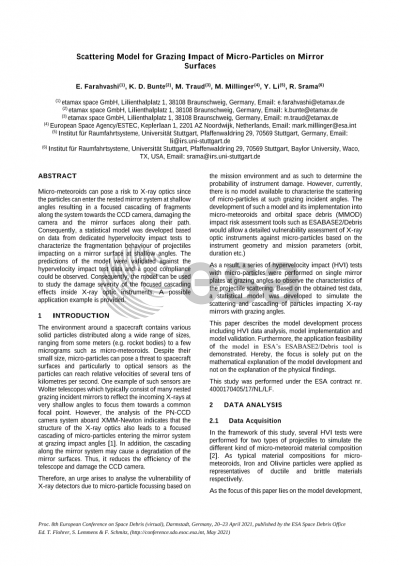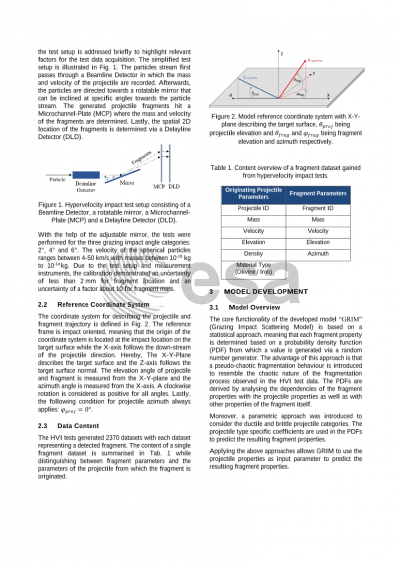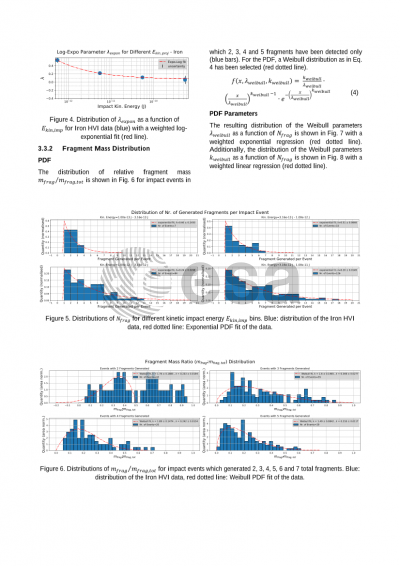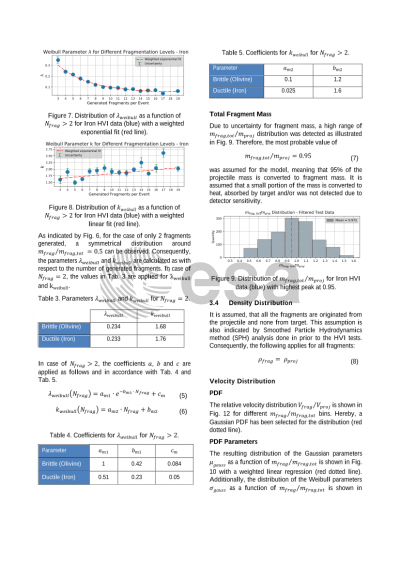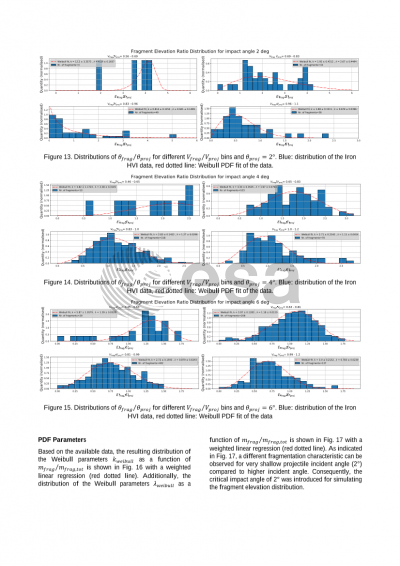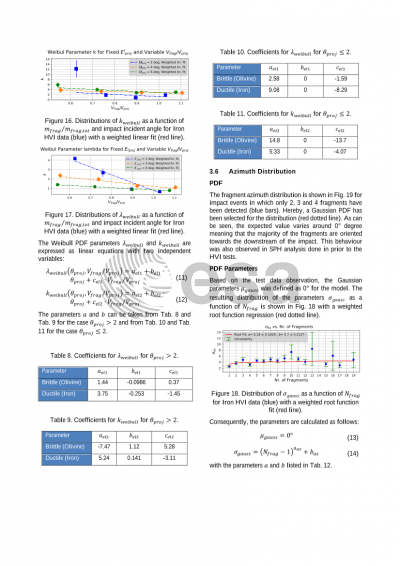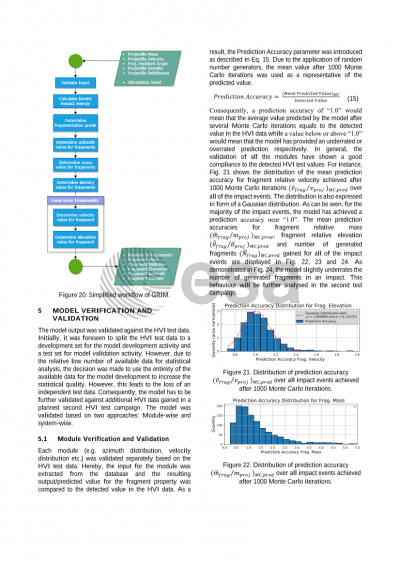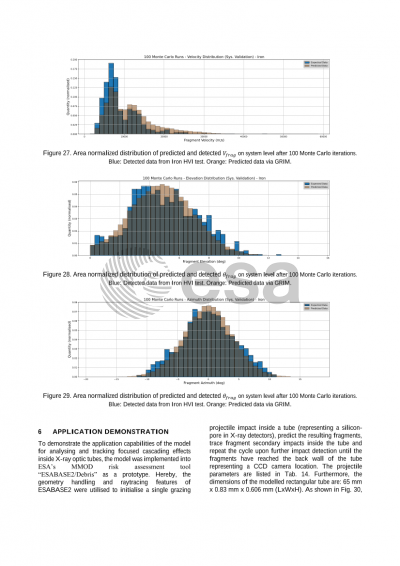Document details

Abstract
The environment around a spacecraft’s orbit consists of various particles distributed along a wide range of sizes, ranging from some meters (rocket bodies) to just a few micrograms such as micro-meteoroids. Despite their small size, micro-particles can pose a threat to spacecraft surfaces and to optical sensors in particular as the particles reach velocities of several tens of kilometres per second. One example of such sensors are Wolter telescopes which typically consist of many nested grazing incident mirrors to reflect the incoming X-rays at very shallow angles to focus them towards a common focal point. However, the analysis of the PN-CCD camera system aboard XMM-Newton indicates that the structure of the X-ray optics also leads to a focused cascading of micro-particles entering the mirror system at grazing impact angles. In addition, the cascading along the mirror system may cause a degradation of the mirror surfaces. Thus, it reduces the efficiency of the telescope and damage the CCD camera which could result in a mission failure.
Consequently, an urge arises to analyse the vulnerability of X-ray detectors due to micro-particle focussing based on the mission environment and as such to determine the probability of mission failure. However, currently, there is no data available to characterise the scattering of micro-particles at such grazing incident angles. As a result, a series of hypervelocity impact tests with micro-particles were performed on single mirror plates at grazing angles to observe the characteristics of the projectile scattering. Based on the obtained test data, a statistical model was developed to enable the accurate simulation of scattering and cascading of particles in X-ray optics using a 3D model of the instrument. As an output, the scattering model returns the mass and velocity vectors of the resulting fragments originating from a grazing impact. Therefore, the model provides the possibility for tracing the fragments, assessing their damage on secondary mirror surfaces and forecast the resulting scattering by applying the model again. In contrast to Smoothed Particle Hydrodynamics methods, the statistical model provides the advantage of performing impact simulations in a fraction of the required time and computational power. Thus, it enables the simulation of cascading impact events in a reasonable time frame.
This paper will focus on describing the newly developed statistical model for predicting the micro-particle scattering at grazing impacts, presenting findings regarding the fragmentation behaviour and highlighting the model’s components for determining the properties of residual fragments. Lastly, this paper will demonstrate the application of the scattering model to silicon pore optics, which are being developed for the ATHENA mission. Future applications of the model include its integration into sophisticated vulnerability assessment tools.
Preview
